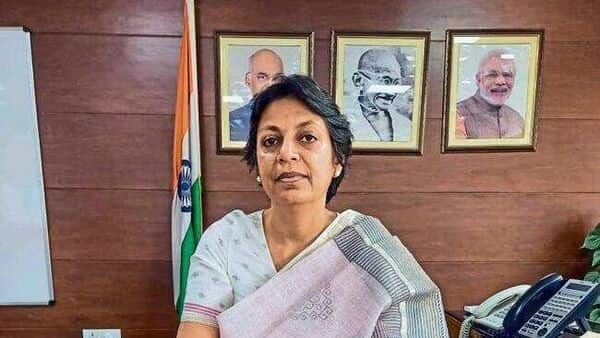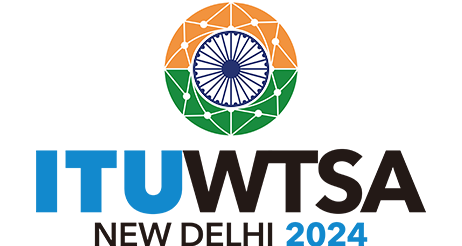'Jal Jeevan Mission has hit 51% mark’

The covid pandemic and the surge in the prices of steel and pipes will not get in the way of funding for Jal Jeevan Mission (JJM), which aims to provide tap water connections to all households in the country, Vini Mahajan, secretary, department of drinking water and sanitation at the ministry of Jal Shakti, said in an interview. About 1.4 million soak beds have been constructed in schools and anganwadis to use recycled water in tap connections. Edited excerpts:
What is the current status of JJM?
Today, we are at 51% mark of completion of the project. The project aims at the rural households of the county. When we started the mission in 2019, the base survey suggested that there were less than 17% or 32.3 million households with a running tap water connection. We have covered more than twice that many households in less than three years.
Is there any new budgetary allocation for JJM?
At the time when the cabinet approved the JJM in 2019, the rough estimation of the total cost of the project was ₹ 3.6 trillion. The funding scheme for most states is 50-50, whereas for north-eastern states and UTs, it is 90-10. For the UTs without legislature, the project is fully funded by the ministry. The expectation was that of the ₹ 3.6 trillion, the Union government will be investing ₹ 2.1 trillion in the project. This is what the cabinet committed. Funding is demand-driven. Every year, there has been as much budget and more than could actually be spent. This is one such project where we are not constrained by the funding but by the capacity to implement the project.
How does a village certify as Har Ghar Jal?
The mission is very strongly focused on jan bhagidari, or community engagement which is seen as a very important pillar of the project. The planning stage of the project must involve the community and the implementation must be overseen by them. Once the scheme is completed, the panchayat needs to certify the completion. Of the 51%, 25% of the total villages are reflecting as fully covered which means 152,000 of the 600,000 villages are fully covered. We are asking the states and the UTs to ask the gram panchayat to hold gram sabha meetings. The meeting needs to discuss the progress of the project and if it is completed, they need to pass a resolution depicting full effect. Only after the formal resolution by the gram panchayat, with a video recording of the session which has to be uploaded on the portal, can they be counted as a village with Har Ghar Jal. 11,000 of the 152,000 villages have completed this process. We have written to all the states and UTs to fast-track this process and ensure that the remainder villages complete it by the next month.
What are the challenges that the project has faced?
The pandemic lockdown happened soon after the project was announced. The recent inflation of prices of pipes also affected the project, but we have assured the states and UTs that there will be no constraints in funding for the supply and manufacture of the GI and the HD PVC pipes.
Which are the best-performing states?
Three states have declared that they have completed the project: Haryana, Telangana and Goa. But there is substantial progress in Punjab, Gujarat and Bihar, which, although it started a year late, has progressed quickly on providing tap water supplies to rural households.












